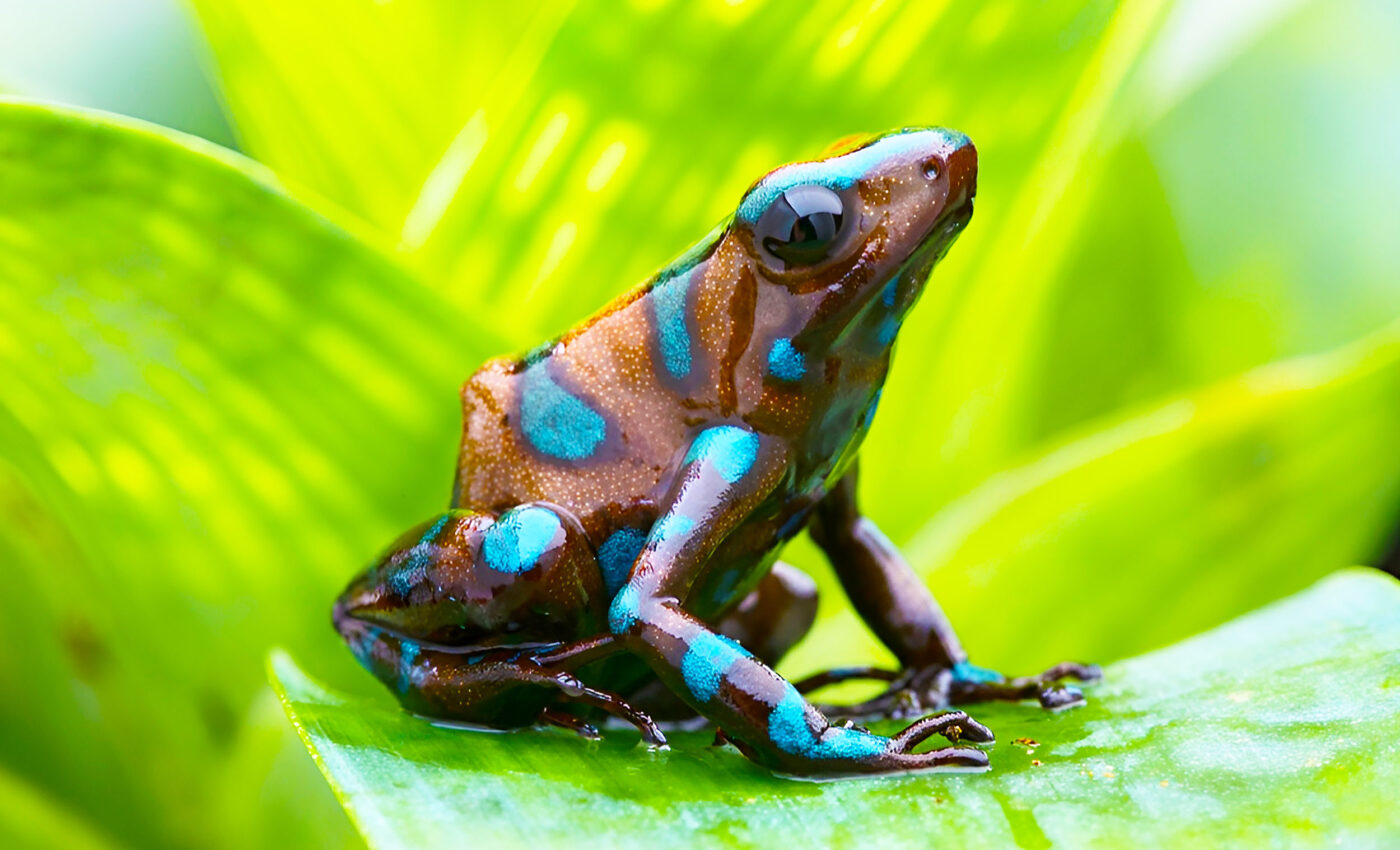
World Frog Day 2024: Addressing environmental threats to frogs
World Frog Day, observed annually on March 20th, serves as a pivotal reminder of the ecological and biological significance of frog species across the globe.
It’s a day dedicated to celebrating these fascinating creatures, understanding their vital roles in our ecosystems, and acknowledging the severe threats they face due to human activity and environmental changes.
Frogs, belonging to the order Anura, are amphibians characterized by their long hind legs, smooth or warty skin, and their unique life cycle that typically involves metamorphosis from a larval stage (tadpole) to an adult form.
Global distribution of frogs
These creatures are found in a wide array of environments, from the deepest rainforests to deserts and even in urban areas, adapting to various habitats with remarkable versatility. Their global distribution, except for Antarctica, highlights their ecological importance and the need for concerted conservation efforts.
Ecological roles of frogs
The significance of frogs extends beyond their ecological roles as both predators and prey within food webs. They are integral for maintaining healthy ecosystems, controlling insect populations that could otherwise lead to crop damage and spread diseases.
Additionally, frogs are bioindicators, their presence or absence provides crucial information about the health of the environment. Their permeable skin makes them particularly sensitive to pollutants, thus serving as early warning systems for ecosystem health.
Urgent need for conservation efforts
World Frog Day emphasizes the pressing need for conservation due to the alarming decline in frog populations worldwide. This decline is attributed to several factors, including habitat destruction, climate change, pollution, invasive species, and the deadly chytrid fungus, which has devastated frog populations globally.
Conservation efforts on this day focus on habitat preservation, research into diseases affecting amphibians, and public education on the importance of frogs and the challenges they face.
Fascinating facts about frogs
Frogs are incredibly fascinating creatures that exhibit a variety of interesting behaviors and traits. Here are some captivating facts about them:
Diverse species
There are over 7,000 species of frogs, ranging from the tiny Paedophryne amauensis, the world’s smallest vertebrate measuring just 7.7 mm in length, to the Goliath frog, which can grow up to 32 cm in length.
Remarkable adaptations
Frogs have various adaptations that help them survive. Some species can change color for camouflage, while others have developed resistance to freezing temperatures by producing antifreeze substances in their blood.
Powerful legs
Frogs are known for their jumping abilities. Their powerful legs allow them to leap multiple times their body length. The record for the longest frog jump is held by the South African sharp-nosed frog, which can leap up to 3.3 meters.
Vocal abilities
Male frogs have vocal sacs that they use to make loud croaking sounds to attract females or deter rivals. Each species has a unique call.
Life cycle
Frogs undergo a fascinating transformation in their life cycle, from egg to tadpole to adult. This process, known as metamorphosis, involves significant changes in their body structure and habitat.
Habitat and diet
Frogs can be found in diverse environments, from tropical rainforests to deserts. Their diet mainly consists of insects, but some larger species can eat small animals like mice and other frogs.
Breathing and skin
Frogs breathe through their lungs and their skin, which must remain moist to facilitate gas exchange. This is why they are often found near water sources.
Cultural significance of frogs
Frogs have been symbols of fertility, luck, and rain in various cultures throughout history. They are featured in folklore, mythology, and art around the world.
Engagement in World Frog Day
World Frog Day activities spans across various sectors, from educational institutions hosting lectures and workshops to conservation organizations conducting field research and habitat restoration projects.
Social media campaigns and community clean-up events also play a significant role in raising awareness and fostering community involvement in frog conservation.
Reflecting on our environmental responsibilities
As we celebrate World Frog Day, it’s crucial to recognize the beauty and diversity of frog species, their indispensable contributions to ecosystems, and the urgent need for actions to ensure their survival.
This day calls for a collective effort to protect these remarkable creatures and the environments they inhabit, ensuring a balanced and healthy planet for future generations.
In essence, World Frog Day is not just a celebration but a call to action – a day to reflect on our environmental responsibilities and commit to making a difference in the preservation of frog populations and the broader biodiversity they represent.
—–
Like what you read? Subscribe to our newsletter for engaging articles, exclusive content, and the latest updates.
Check us out on EarthSnap, a free app brought to you by Eric Ralls and Earth.com.
—–













